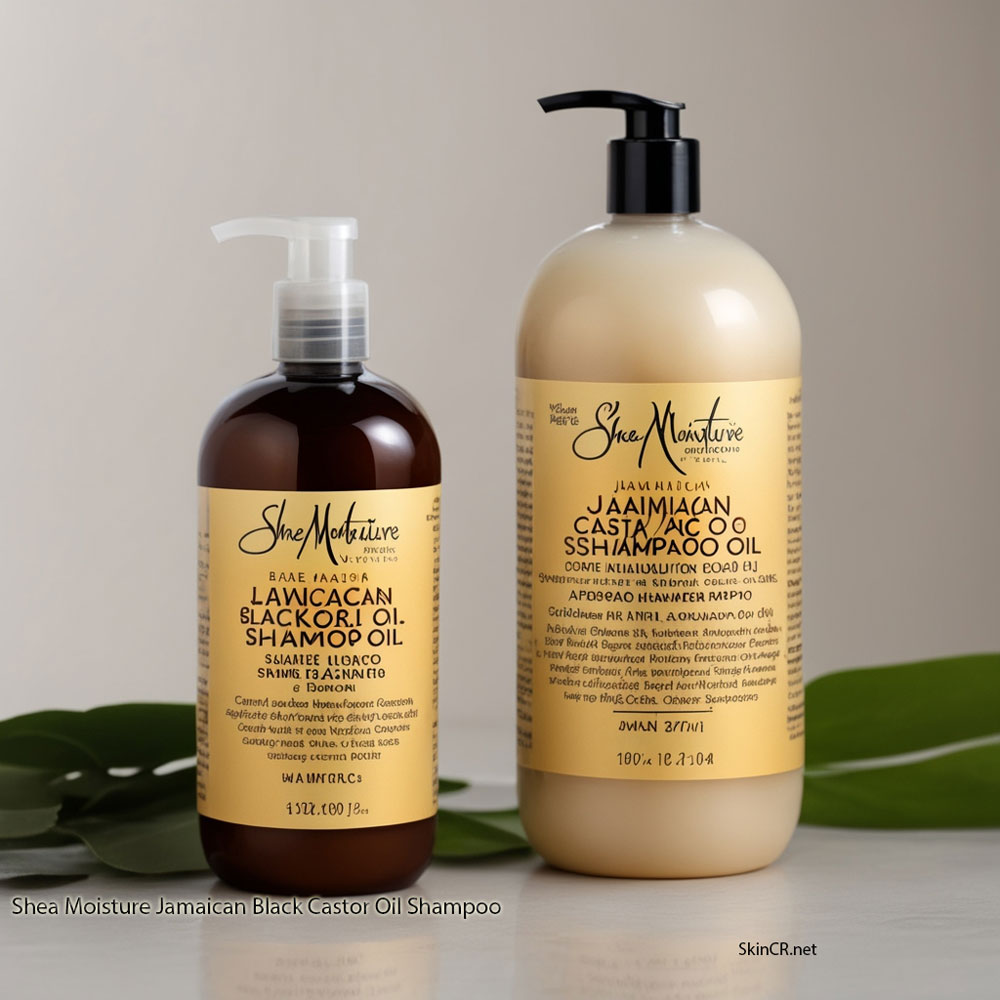The world of skincare is replete with a wide array of products, each designed to cater to specific skin concerns and routines. Among these, face masks have gained immense popularity for their ability to deliver targeted benefits quickly. However, the timing and application of face masks can be a source of confusion for many. In this comprehensive 7,000-word guide, we will delve into the intricacies of when to use a face mask in your skincare routine. We’ll also explore various types of face masks, consider the advice of dermatologists, and discuss the eternal debate of whether to use a face mask or serum first. Join us as we unravel the secrets to harnessing the full potential of face masks for radiant and healthy skin.
The Basics: What is a Face Mask in Skincare?
Before we delve into the timing of using face masks, let’s start with the basics. What exactly is a face mask in the context of skincare, and why is it an essential component of your routine?
A face mask is a concentrated skincare product that is designed to provide intense treatment to the skin. It typically contains a higher concentration of active ingredients than regular creams or serums. These ingredients can target a range of skin concerns, including hydration, acne, brightening, and anti-aging.
There are various types of face masks, including:
- Sheet Masks: These are pre-soaked sheets made from materials like cotton or hydrogel. They are infused with a serum or essence and are applied directly to the face.
- Cream Masks: Cream-based masks are thick and creamy in texture. They are usually left on the skin for a specific amount of time before being rinsed off.
- Clay Masks: These masks contain clay or mud that helps to detoxify the skin and draw out impurities. They are often recommended for oily or acne-prone skin.
- Peel-off Masks: Peel-off masks are applied as a liquid and left to dry on the skin. Once dry, they can be peeled off, removing dead skin cells and debris in the process.
Now that we understand the different types of face masks, let’s explore when and how to use them effectively in your skincare routine.
When to Use a Face Mask Sheet in Your Routine
Sheet masks have become a skincare staple for many due to their convenience and efficacy. They are pre-soaked with a potent serum or essence and offer a quick way to address specific skin concerns. But when should you incorporate a sheet mask into your routine for optimal results?
1. As a Special Treatment
Sheet masks are ideal for special occasions or when your skin needs an extra boost. You can use a sheet mask when you want to:
- Hydrate and Replenish: After a long flight or during harsh weather conditions to restore moisture.
- Brighten Your Complexion: Before a big event for an instant radiant glow.
- Soothe Irritated Skin: When your skin is red, irritated, or experiencing inflammation.
- Revitalize Dull Skin: To combat fatigue and revive tired-looking skin.
2. After Cleansing and Toning
To get the most out of a sheet mask, start with a clean canvas. Follow these steps:
- Cleansing: Begin with a gentle cleanser to remove makeup, dirt, and impurities.
- Toning: Apply a toner to balance your skin’s pH levels and prepare it for better absorption of the mask’s essence.
- Sheet Mask Application: Place the sheet mask onto your face and let it sit for the recommended time (usually 15-20 minutes).
- Massage in the Essence: After removing the sheet mask, gently massage any remaining serum or essence into your skin.
3. Timing Matters
It’s crucial to choose the right time to use a sheet mask. Avoid using them immediately before applying makeup, as your skin might still have some residual essence. Opt for sheet masks in the evening or when you can allow the serum to fully absorb into your skin without any time constraints.
When to Use a Face Mask in Your Skincare Routine: Dermatologist’s Insights
Dermatologists are skincare experts who can provide valuable guidance on when to use a face mask for your specific skin type and concerns. Let’s explore their insights on the matter.
1. Consult a Dermatologist
If you have specific skin issues or are unsure about which face mask to use, consider scheduling a consultation with a dermatologist. They can assess your skin’s condition and recommend the most suitable mask for your needs.
2. Follow Dermatologist-Recommended Guidelines
Dermatologists often recommend incorporating a face mask into your skincare routine based on your skin type and concerns. Here are some general guidelines:
- Oily or Acne-Prone Skin: Use a clay mask once or twice a week to help control excess oil and prevent breakouts.
- Dry or Dehydrated Skin: Opt for hydrating masks with ingredients like hyaluronic acid. Use them as needed to replenish moisture.
- Sensitive Skin: Choose masks with gentle ingredients and use them sparingly to avoid irritation.
- Aging Skin: Consider anti-aging masks with ingredients like retinol or peptides. These can be used weekly or as recommended by your dermatologist.
Remember that consistency is key. Stick to your dermatologist’s recommendations and monitor how your skin responds to the treatment over time.
Face Mask or Serum: Which Comes First?
Another common question in the skincare world is whether to use a face mask or serum first. Both products can provide essential benefits, but their application order matters.
1. Serum First, Then Face Mask
The general rule of thumb is to apply serum before using a face mask. Serums contain concentrated active ingredients that can penetrate the skin more effectively when applied directly to clean skin. Once the serum has been absorbed, you can proceed with your chosen face mask.
2. Exception: Sheet Masks
When it comes to sheet masks, they already contain a serum or essence. In this case, you can skip the separate serum application and use the sheet mask directly after cleansing and toning.
Sheet Mask: Before or After Skincare Routine?
The order of applying a sheet mask can also be a point of contention. Should it be done before or after your regular skincare routine?
1. Before Skincare Routine
Applying a sheet mask before your skincare routine can help the essence penetrate more effectively. Here’s how to do it:
- Cleansing: Start with a gentle cleanser to remove makeup and impurities.
- Sheet Mask Application: Apply the sheet mask directly to clean skin. Leave it on for the recommended time.
- Toning and the Rest of Your Routine: After removing the mask, proceed with your regular skincare routine, including toning, serums, moisturizer, and sunscreen (if it’s morning).
2. After Skincare Routine
If you prefer to complete your skincare routine first, you can use a sheet mask as a finishing touch. Here’s the sequence:
- Cleansing and Full Skincare Routine: Begin with your cleansing, toning, serums, and moisturizer.
- Sheet Mask Application: Apply the sheet mask as the last step in your routine.
This approach can help lock in the benefits of your previous skincare products and seal in moisture with the sheet mask.
After a Face Mask: What Comes Next?
After using a face mask, it’s important to follow up with the right skincare steps to maximize its benefits and maintain your skin’s health. Here’s what to do after a face mask:
1. Moisturize
Regardless of the type of face mask you use, it’s essential to moisturize your skin afterward. A good-quality moisturizer helps lock in the hydration and active ingredients from the mask, leaving your skin soft and supple.
2. Sunscreen (Morning Routine)
If you’re using a face mask in your morning routine, finish with sunscreen. Sun protection is vital to shield your skin from UV damage, especially if your mask contains ingredients that make your skin more sensitive to the sun.
3. Night Routine
If you apply a face mask in your evening routine, finish with your usual nighttime skincare products, such as serums and night creams. These will work in tandem with the mask to promote skin repair and rejuvenation overnight.
When to Use a Peel-Off Mask in Your Skincare Routine
Peel-off masks are known for their ability to remove dead skin cells, unclog pores, and leave your skin looking refreshed. But when should you incorporate a peel-off mask into your skincare routine?
1. Exfoliation Schedule
Peel-off masks provide exfoliation benefits. However, they can be intense, so it’s important to establish a schedule that works for your skin type:
- Normal to Oily Skin: You can use a peel-off mask once a week to help control excess oil and remove impurities.
- Dry or Sensitive Skin: Limit peel-off mask usage to once every two weeks or as recommended by your dermatologist to prevent over-exfoliation.
2. Application Time
Apply a peel-off mask to clean, dry skin. Avoid using it immediately after other exfoliating products, such as scrubs or chemical exfoliants, to prevent irritation.
3. Follow with Moisturizer
After using a peel-off mask, follow up with a hydrating moisturizer to replenish moisture and soothe the skin. Ensure that the skin is adequately moisturized to avoid any dryness or tightness.
When to Apply a Face Mask: Before or After a Shower?
The timing of your shower in relation to your skincare routine can impact when you should apply a face mask.
1. Before a Shower
Applying a face mask before a shower can have several advantages:
- Cleansing: You can start with a clean face before applying the mask.
- Steam: The steam from the shower can open up your pores, allowing the mask’s active ingredients to penetrate more deeply.
- Convenience: You can rinse off the mask in the shower, which can be more convenient than doing it at the sink.
2. After a Shower
On the other hand, applying a mask after a shower has its own benefits:
- Clean Skin: You’ve already cleansed your face in the shower, so your skin is ready for the mask.
- Relaxation: It can be a soothing and relaxing way to end your shower routine.
Ultimately, the choice between applying a face mask before or after a shower depends on personal preference. Try both methods and see which one fits better into your routine and yields the results you desire.
Conclusion
When to use a face mask in your skincare routine is a nuanced and personalized decision. It depends on your skin type, concerns, and the type of mask you’re using. Whether you opt for a sheet mask, clay mask, peel-off mask, or any other variety, following the right timing and sequence can make a significant difference in the effectiveness of the treatment.
Remember that skincare is not one-size-fits-all, and consulting with a dermatologist can provide tailored recommendations for your specific needs. Whether you choose to apply your face mask before or after a shower, with a serum or without, the key is consistency and listening to your skin’s unique requirements. With the right approach, face masks can be powerful tools in achieving radiant and healthy skin.


